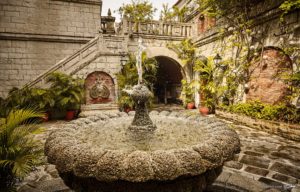
Casa Manila: Unveiling Spanish-Filipino Heritage Through Historical Charm
Casa Manila is a living museum that features the lifestyle of a wealthy Filipino family living during the last years of the Spanish colonial period,
San Agustin Church, also known as the Archdiocesan Shrine of Our Lady of Consolation and Cincture or the Immaculate Conception Parish, is a distinguished Catholic church under the care of the Order of Saint Augustine. Located on General Luna Street in Manila, within the historic walled city of Intramuros, it was completed in 1607 and is the oldest stone church in the Philippines. The present structure is the third church built on this site.



ABOVE: The church features trompe-l’œil paintings by Italian artists, a Baroque pulpit with native pineapple motifs, a grand pipe organ, and a 16th-century crucifix. Its 17th-century molave choir seats inlaid with ivory and sixteen Paris-imported chandeliers add to the opulent atmosphere.
ABOVE: The church features trompe-l’œil paintings by Italian artists, a Baroque pulpit with native pineapple motifs, a grand pipe organ, and a 16th-century crucifix. Its 17th-century molave choir seats inlaid with ivory and sixteen Paris-imported chandeliers add to the opulent atmosphere.
The original San Agustin Church was the first religious building constructed by the Spaniards on Luzon Island. Completed in 1571, it was made of bamboo and nipa but was destroyed by fire in December 1574 during the attempted invasion of Manila by the forces of Limahong. A second wooden church, built on the same site, was also lost to fire in February 1583 when a candle ignited drapery during funeral services for Spanish Governor-General Gonzalo Ronquillo de Peñalosa.

ABOVE: San Agustin Church in Intramuros, Manila, is the Philippines’ oldest stone church, built in 1607, a UNESCO World Heritage Site known for its Baroque style and rich Catholic history.
ABOVE: San Agustin Church in Intramuros, Manila, is the Philippines’ oldest stone church, built in 1607, a UNESCO World Heritage Site known for its Baroque style and rich Catholic history.
The Augustinians decided to rebuild using stone, beginning construction in 1586 based on a design by Juan Macías. The church was built from hewn adobe stones quarried from Meycauayan, Binangonan, and San Mateo in Rizal. Despite challenges such as limited funds and materials, the monastery was operational by 1604, and the church was formally completed on January 19, 1607, initially named the Church of St. Paul of Manila. Juan Macías, who passed away before its completion, was later officially recognized as the architect.


San Agustin Church has endured significant events and undergone several renovations. On the night of August 13, 1932, a major fire within Intramuros destroyed a portion of the adjacent San Agustin Monastery. The blaze also completely obliterated the Augustinian Provincial House across the road on Calle Real and the ornate pedestrian bridge connecting it with the monastery.

During the Japanese occupation in World War II, San Agustin Church was repurposed as a concentration camp. Japanese troops removed the lower portion of the right front door and placed sandbags over the opening, transforming it into a makeshift machine gun post. In the final days of the Battle of Manila, the church held hundreds of Intramuros residents and clergy hostage, with many casualties occurring during the three-week battle. Remarkably, San Agustin Church was the only one of the seven churches in Intramuros to survive the destruction wrought by American and Filipino forces in May 1945. Although the church suffered damage to its roof, the adjacent monastery was completely destroyed.

In the 1970s, the monastery was rebuilt as a museum (San Agustin Museum) by architect Angel Nakpil. The church underwent a significant renovation in 2013, during which its previously colorful facade was replaced with a more subdued stone-colored exterior.
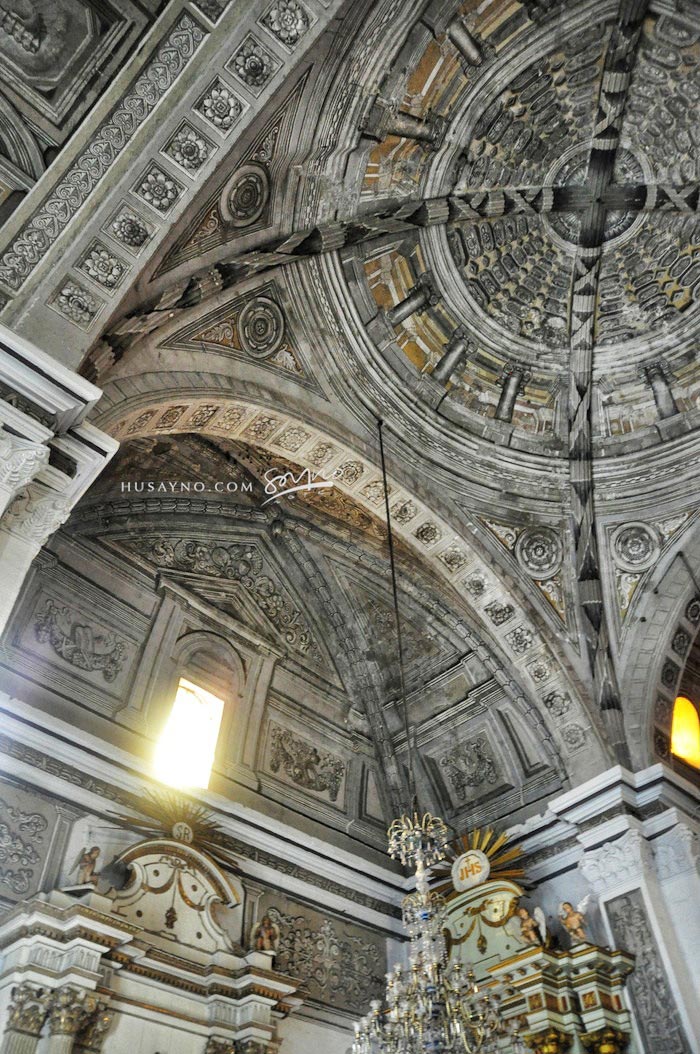

The church’s façade exemplifies the Baroque style with its intricate carvings and ornate detailing, constructed from local coral stone. Inside, the massive structure is accentuated by the symmetry and grandeur of its décor. The interiors are embellished with trompe-l’œil paintings by two Italian artists, creating the illusion of three-dimensional carvings on the profile of the mouldings, rosettes, and sunken panels. The church features a Baroque pulpit adorned with native pineapple motifs, a grand pipe organ, and an ante-choir displaying a 16th-century crucifix. The choir seats, crafted from molave and inlaid with ivory, date back to the 17th century. Additionally, sixteen large chandeliers imported from Paris add to the church’s opulent ambiance.

On June 12, 1999, Pope John Paul II issued a pontifical decree for the canonical coronation of the image of Our Lady of Consolation. The coronation ceremony was subsequently performed by former Archbishop of Manila, Cardinal Jaime Sin, on September 4, 2000, marking a significant milestone in the church’s history. In 1993, San Agustin Church was honored as one of four Philippine churches from the Spanish colonial period to be designated a UNESCO World Heritage Site, recognized collectively as the Baroque Churches of the Philippines. Additionally, it was named a National Historical Landmark by the Philippine government in 1976, highlighting its importance in the nation’s cultural and historical heritage.



RELATED STORIES

Casa Manila is a living museum that features the lifestyle of a wealthy Filipino family living during the last years of the Spanish colonial period,
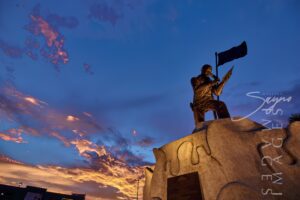
The Andres Bonifacio Birthplace Monument in Tutuban, Divisoria stands as a powerful symbol of Filipino patriotism and a tribute to the courage and leadership of Andres

It is the home of the popular Asian elephant, Mali, as well as 90 other species. As well as being a landmark in Manila, the
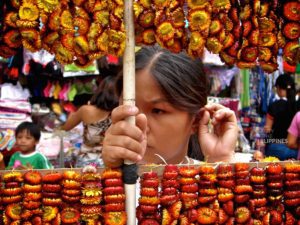
Plaza Miranda is a public square bounded by Quezon Boulevard, Hidalgo Street and Evangelista Street in Quiapo, Manila. It is the plaza which fronts the


ABOVE: On September 4, 2000, the church celebrated a momentous event with the canonical coronation of the Our Lady of Consolation image, a milestone initiated by Pope John Paul II’s pontifical decree on June 12, 1999. This sacred ceremony was carried out by Cardinal Jaime Sin, the former Archbishop of Manila, underscoring a significant chapter in the church’s history.
ABOVE: On September 4, 2000, the church celebrated a momentous event with the canonical coronation of the Our Lady of Consolation image, a milestone initiated by Pope John Paul II’s pontifical decree on June 12, 1999. This sacred ceremony was carried out by Cardinal Jaime Sin, the former Archbishop of Manila, underscoring a significant chapter in the church’s history.
Reflecting its historic role, San Agustin Church once contained niches for the burial of bones and remains. Among the notable individuals interred within its premises are Miguel López de Legazpi, the Spanish explorer and conquistador who played a key role in the colonization of the Philippines, and Juan Luna, a renowned Filipino painter and revolutionary.









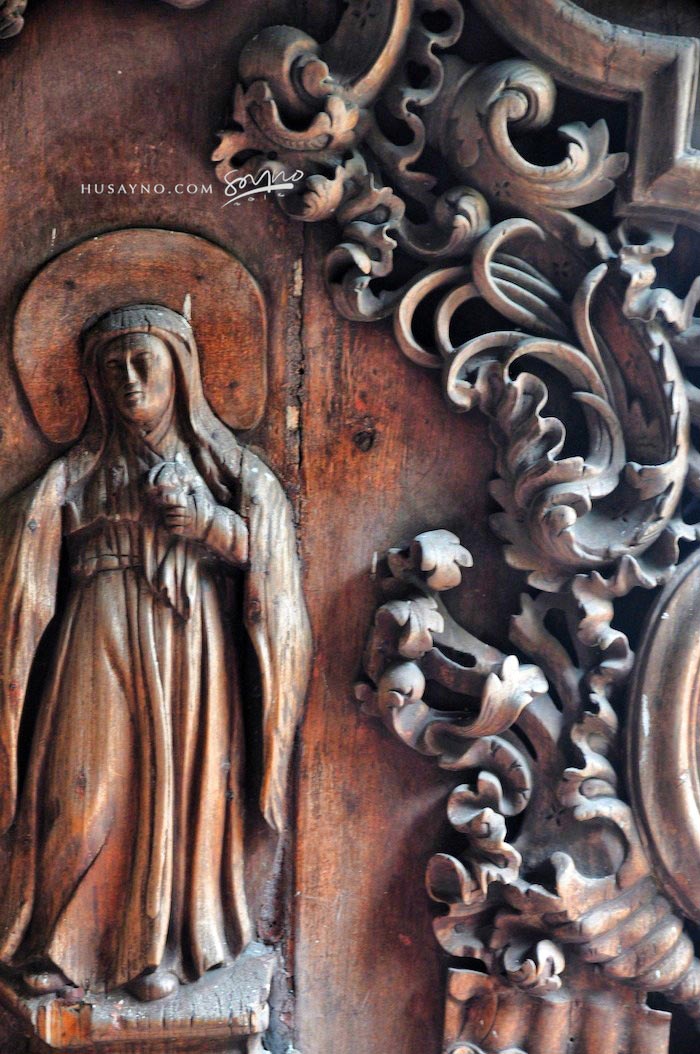
I’m looking forward to the stories and images leaving a lasting positive impression on you, just as they have on me. Stay connected with us on social media for a weekly exploration of travel assignments and breathtaking visuals. Our focus is on championing local tourism, showcasing small businesses, and honoring the magnificence of the Philippines through the content we curate. Join us in spreading the word by clicking the ‘share’ buttons below. Your support means the world to us.
EXPLORE MORE about
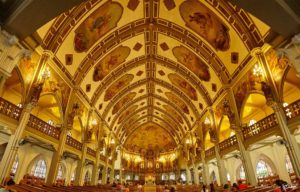
The Manila Abbey San Beda, or formally known as Abbey of Our Lady of Montserrat, is a Benedictine men’s monastery located along the streets of
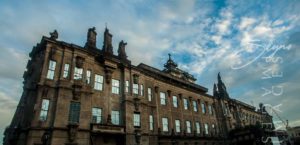
UST, also known as the University of Santo Tomas, is a private Roman Catholic university located in Sampaloc, Manila. It was founded on 28 April

The Andres Bonifacio Birthplace Monument in Tutuban, Divisoria stands as a powerful symbol of Filipino patriotism and a tribute to the courage and leadership of Andres
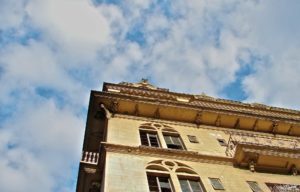
It is always a surprise for buildings, parks and houses to survive such wars as it is almost inevitable that everything will be brought down
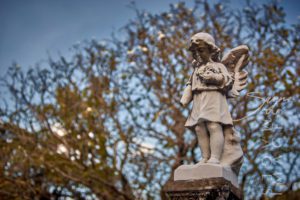
As one of the oldest cemeteries in Manila, Campo Santo De La Loma, commonly referred to as the La Loma Cemetery, is one of the
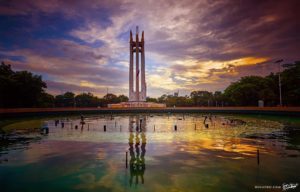
One of Quezon City’s main parks is the Quezon Memorial Circle, which is located in Quezon City and is surrounded by an elliptical road, making
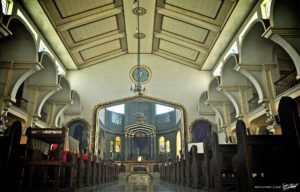
The Polo Church, formally known as the San Diego de Alcala Church, resides in the Polo neighborhood of Valenzuela, Manila. This church has a captivating

It is the home of the popular Asian elephant, Mali, as well as 90 other species. As well as being a landmark in Manila, the
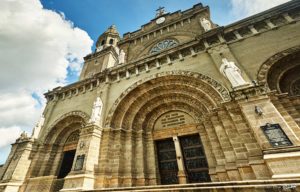
Originally built in 1880, the Manila Cathedral is the current version of the longstanding Church of Manila. It is a masterpiece of architecture that was

Casa Manila is a living museum that features the lifestyle of a wealthy Filipino family living during the last years of the Spanish colonial period,
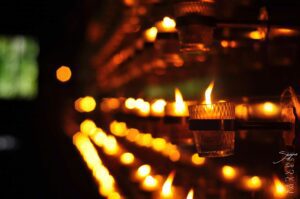
The Padre Pio Chapel, also known as the St. Pio of Pietrelcina Chapel, holds a special place in my heart as a photographer. It revealed
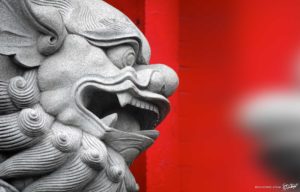
In addition to being considered the oldest Chinatown in the world, Binondo Chinatown is also the center of trade and commerce in Manila City. In
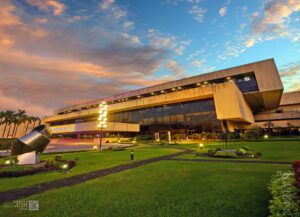
The Philippine International Convention Center (PICC) stands as a monument to the Philippines’ ambition to be a key player on the global stage. With its
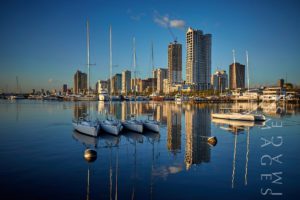
It is considered to be one of the world’s great harbors, the Manila Bay, and it serves as the Port of Manila, Philippines. Having once
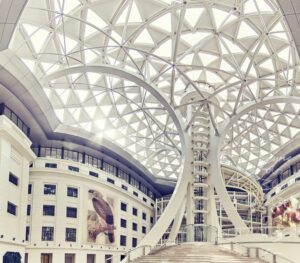
Explore the vibrant tapestry of Manila through its four national museums, each a unique gem in the city’s cultural crown. These four distinguished establishments are
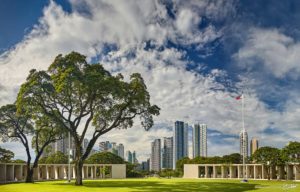
Manila American Cemetery and Memorial is located in the heart of Taguig City on the lands of Fort Bonifacio and serves as the largest grave
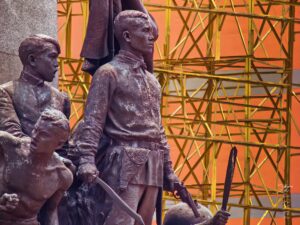
The Bonifacio Monument, also called Bonifacio Monumento or Monumento, proudly stands in Caloocan City, Metro Manila. It is a powerful symbol created by the National
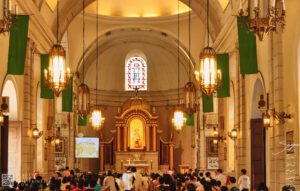
Malate Church stands as a profound symbol of faith, resilience, and artistry, preserving its sacred role and architectural splendor through centuries of triumphs and trials.
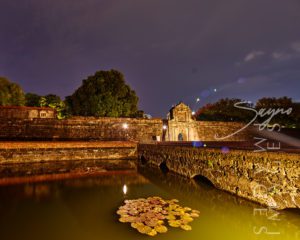
It is also known as the Walled City, and during the Spanish Colonial Period it was synonymous with the city of Manila. Intramuros was also
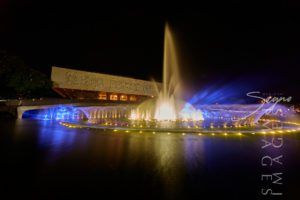
The Cultural Center of the Philippines or CCP was founded in 1966 under the directive of former President Ferdinand Marcos, in order to reinforce and

As the nation’s first ever world-class marine theme park, Manila Ocean Park is located in Ermita Manila, within the Philippines’ largest urban resort/aqua-themed hotel complex

Plaza Miranda is a public square bounded by Quezon Boulevard, Hidalgo Street and Evangelista Street in Quiapo, Manila. It is the plaza which fronts the
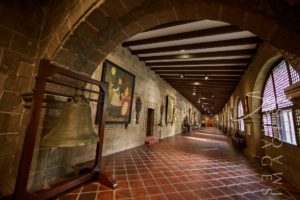
The San Agustin Museum is located adjacent to the UNESCO World Heritage Site, San Agustin Church. It is located in Intramuros—the walled city of Manila—and
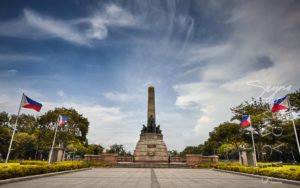
Located along Roxas Boulevard, Manila and adjacent to the century-old walled city of Intramuros, the Luneta National Park, or “Luneta” as many refer to it,
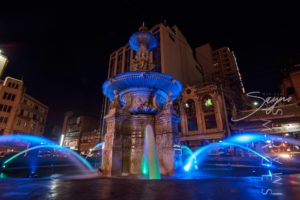
I experienced the vibrant and colorful life of downtown in full. I took some time to appreciate the beauty of Santa Cruz Church and Plaza
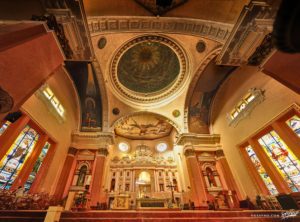
The Binondo Church is a historic church in Manila, located in the District of Binondo, near the Plaza San Lorenzo Ruiz. It was previously called
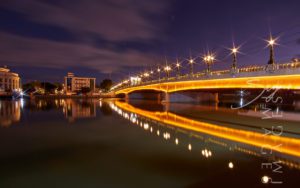
The newly restored Jones Bridge is easily recognizable by its beautifully designed black lamp posts—the same ones that were there when the bridge was first
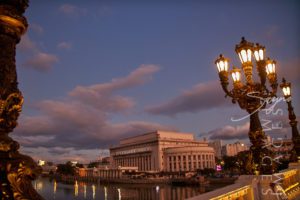
The Manila Post Office, officially known as the Manila Central Post Office, is a distinguished example of neoclassical architecture, originally designed by Juan M. Arellano,
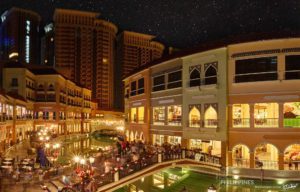
Located in the heart of the Taguig City, the Venice Grand Canal is a lifestyle mall development under the Megaworld Lifestyle Malls Located inside the
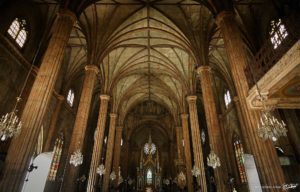
San Sebastian Church is a Roman Catholic Minor Basilica located in Quiapo, Manila. It’s also known as Minor Basilica of San Sebastian or San Sebastian
BROWSE BY CATEGORIES